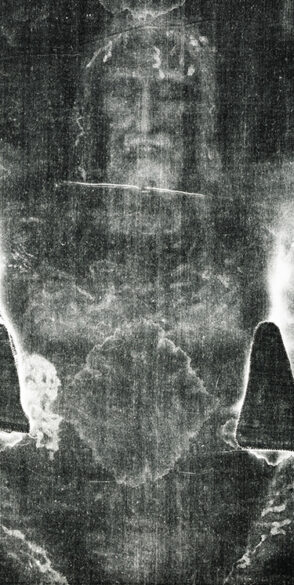By Eduardo Campos Lima
(OSV News) – A week after a horrendous bus crash killed at least 54 in Guatemala City Feb. 10, including children, a shocked nation and the church are demanding answers from the government on regulating the treacherous bus travel business in the country.
Pope Francis consoled the families of victims in a Feb. 14 telegram, sent the day he entered Rome’s Gemelli hospital for tests and bronchitis recovery.
Francis imparted a “heartfelt apostolic blessing” to the families mourning their loved ones and those awaiting news of those severely wounded and in the hospital.
A telegram sent by Cardinal Pietro Parolin, Vatican’s secretary of state, to Archbishop Gonzalo de Villa Vásquez of Santiago de Guatemala, said that the Holy Father was “deeply saddened” by the “painful news” and prayed for those lost in the accident.

Catholics have been providing spiritual support to the families of the victims on several levels, with Guatemalan bishops participating in memorial Masses of those lost in the bus accident.
The bus picked up at least 70 passengers in Santo Domingo Los Ocotes, a town in El Progreso department, and was taking them to the capital, a route that shouldn’t take much more than one hour. The vehicle carried men, women and children. Some passengers worked in Guatemala City; others would frequently visit it to buy products to sell in their village.
“Those intercity buses are very common. They have spaces where people can put the merchandise they buy in the capital,” Father Rigoberto Pérez, a vicar in Guatemala City and a longtime communications officer in the Guatemalan church, told OSV News.
As the bus was arriving in the northern part of the capital, it crashed into other cars, broke through a guardrail and fell from a 115-feet-high bridge into a polluted stream.
“Most of them died instantly. Others were taken to the hospital, but died before getting there,” said Father Pérez, currently the communications head of the bishops’ conference of Latin America, known for its Spanish CELAM acronym. According to Guatemalan newspaper La Hora, two passengers remain at UCI beds.
The tragedy revealed the risks and disorganization that many Guatemalan workers face everyday, said Father Pérez. Ongoing investigations have already shown that the bus driver didn’t have a professional license and the vehicle was operating out of its authorized route.
“In many cases, bus owners fail to apply the necessary security measures. At the same time, there’s a lack of supervision on the authorities’ side,” Father Pérez argued.
The church immediately reacted to the news of the accident. Bishop José Benedicto Moscoso Miranda of Jalapa, which encompasses El Progreso, released a Feb. 10 letter of condolences to the families of the victims.
“I’m praying so God gives you comfort and I beg the whole Christian Catholic community to pray and express its solidarity,” Bishop Moscoso’s message read, followed by a message from the bishops Feb. 11.
According to Bishop Rodolfo Valenzuela Núñez of Verapaz, who is the president of the Guatemalan bishops’ conference, “the church, institutionally, helps those who suffer by adding to the voices of solidarity.”
It “has been offering prayers for the fatal victims and the families who are suffering such losses,” he told OSV News.
On the “grassroots level, the church formed by communities and neighbors of the victims’ families has been showing its proximity and help,” Bishop Valenzuela added.
Father Pérez said that several celebrations and prayer services were carried out in different dioceses and parishes in honor of the victims. At the Feb. 13 Mass at the Cathedral of Guatemala City, with President Bernardo Arévalo de Leon among the attendants, Pope Francis’ telegram sent Feb. 12 to the apostolic nuncio in the country was read.
The church has been demanding from the authorities that the public transportation system take adequate safety measures, Bishop Valenzuela told OSV News.
According to Father Pérez, the deeply rooted corruption in the Guatemalan state is the most basic reason for the lack of infrastructure and traffic safety — and many Catholics have been denouncing it.
“A real mob steals part of the national budget. That’s the problem,” he concluded.
(Eduardo Campos Lima writes for OSV News from São Paulo.)









